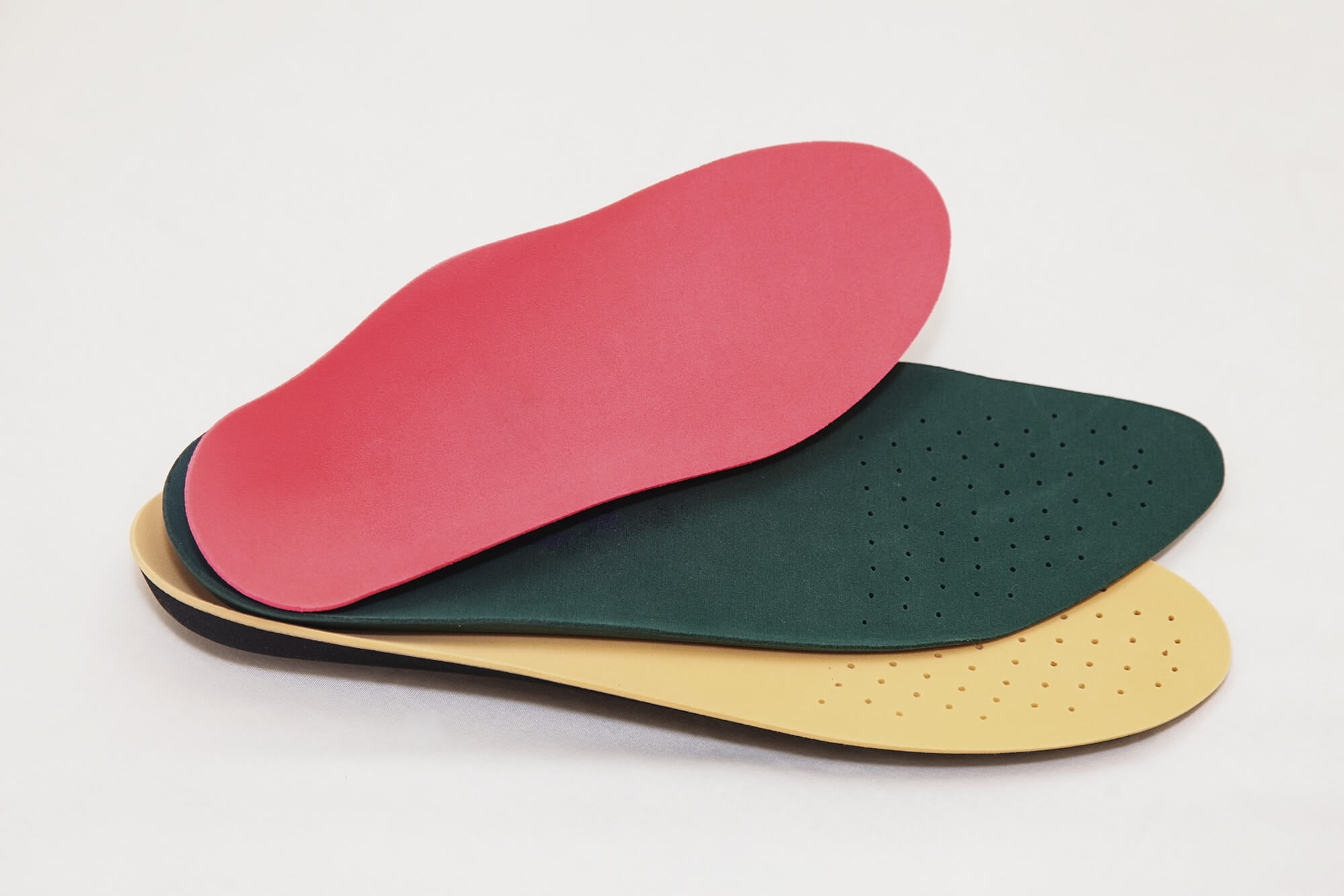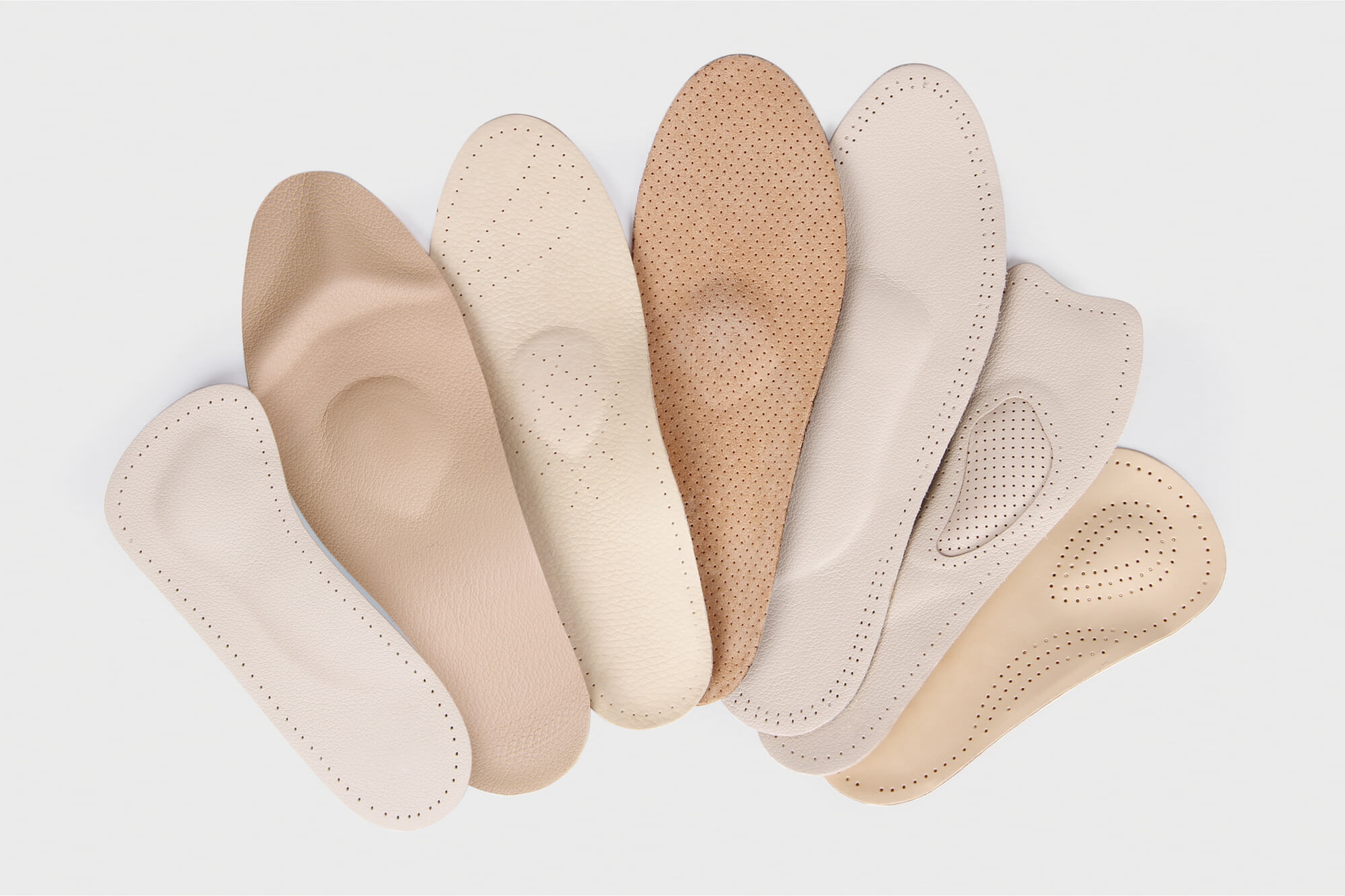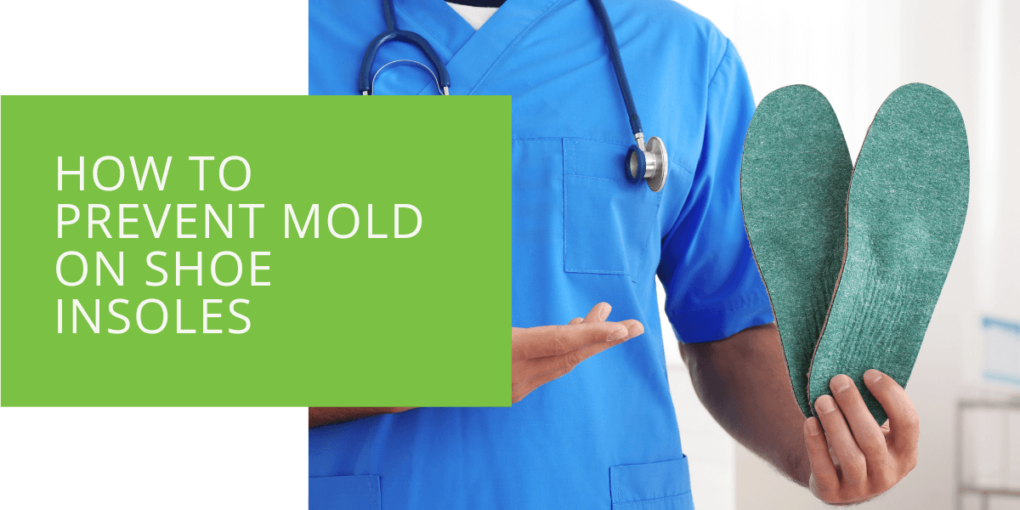How to Prevent Mold on Shoe Insoles
Insoles are crucial in providing support, cushioning, and comfort to our feet. However, if not properly cared for, they can become a breeding ground for mold, leading to unpleasant odors and potential health risks. In this article, we will explore effective methods to prevent insoles from getting moldy, ensuring your feet stay fresh and healthy.
Understanding the Causes of Moldy Insoles
Mold thrives in moist environments, making insoles susceptible to mold growth. Factors such as perspiration, dampness, and lack of proper airflow contribute to the development of mold in insoles. To effectively combat mold, it is essential to comprehend its causes.
Proper Insole Care and Maintenance
- Regular Cleaning: Start by removing the insoles from your shoes. Gently brush off any visible dirt or debris. Then, create a mixture of warm water and mild soap or detergent. Use a clean cloth or sponge to scrub the insoles thoroughly. Rinse them with clean water and allow them to air dry completely.
- Using Vinegar Solution: Another effective method involves using a vinegar solution. Mix equal parts of white vinegar and water in a spray bottle. Remove the insoles from your shoes and spray the solution generously on both sides. Allow the insoles to air dry completely before placing them back in your shoes.
- Baking Soda Treatment: Baking soda is known for its odor-absorbing properties. Sprinkle a generous amount of baking soda directly onto the insoles. Let it sit overnight to absorb any moisture and odors. The next day, shake off the excess baking soda and wipe the insoles with a clean cloth.
- Rubbing Alcohol Solution: If your insoles are particularly moldy, you can create a rubbing alcohol solution. Mix equal parts of rubbing alcohol and water in a spray bottle. Remove the insoles from your shoes, spray the solution onto the affected areas, and let it sit for a few minutes. Use a clean cloth to scrub away the mold, then rinse and air dry the insoles.
Storing Insoles to Prevent Mold Growth
Proper storage is vital to prevent mold growth on insoles. Follow these guidelines to keep your insoles fresh and mold-free:
- Choose a Well-Ventilated Area: Store your insoles in a cool, dry, and well-ventilated area. Avoid storing them in enclosed spaces where moisture can accumulate, such as plastic bags or airtight containers.
- Utilize Silica Gel Packs: Placing silica gel packs near your stored insoles can help absorb excess moisture, reducing the chances of mold growth. Silica gel packs are readily available in stores and can be reused after drying them out.
- Keep Insoles Separate: To avoid cross-contamination, store your insoles separately from your shoes. This prevents any mold or fungus present in your shoes from transferring to the insoles.

Addressing Foot Conditions to Prevent Moldy Insoles
Certain foot conditions, such as excessive perspiration or fungal infections, can contribute to mold growth on insoles. Here are some preventive measures to consider:
- Manage Foot Perspiration: Excessive sweating provides a favorable environment for mold growth. To address this, wash your feet regularly with antibacterial soap and water. Dry your feet thoroughly, especially between the toes, before putting on fresh socks and shoes.
- Treat Fungal Infections Promptly: If you have a fungal infection, such as athlete's foot, it is crucial to treat it promptly to prevent mold from spreading to your insoles. Consult a podiatrist for appropriate treatment options.
Choosing Mold-Resistant Insoles
Opting for insoles made from mold-resistant materials can significantly reduce the risk of mold growth. Look for insoles made of materials such as antimicrobial foam, moisture-wicking fabrics, or breathable mesh. These materials help to keep your feet dry, inhibit the growth of mold and bacteria, and prevent unpleasant odors.
Additionally, consider specialized insoles designed to combat mold and odor. Some insoles feature activated charcoal or baking soda inserts that actively absorb moisture and neutralize odors. These innovative options provide an extra layer of protection against mold growth, ensuring your insoles stay fresh and hygienic.

Additional Tips and Preventive Measures
To further prevent insoles from getting moldy, here are some additional tips to keep in mind:
- Avoid Wearing Damp Shoes or Socks: Moisture trapped in your shoes or socks can transfer to the insoles, creating an ideal environment for mold growth. Always ensure your shoes and socks are completely dry before wearing them.
- Inspect and Replace Worn-Out Insoles: Over time, insoles can become worn-out and retain moisture, increasing the risk of mold growth. Regularly inspect your insoles for signs of wear and tear, and replace them when necessary.
- Utilize Antimicrobial Sprays or Treatments: Consider using antimicrobial sprays or treatments specifically designed for insoles. These products can help inhibit the growth of mold, bacteria, and fungus, keeping your insoles fresh and hygienic.
- Maintain Overall Foot Health: Taking care of your feet plays a crucial role in preventing moldy insoles. Practice good foot hygiene, trim your toenails regularly, and wear breathable shoes that allow for proper airflow. Additionally, avoid sharing shoes or socks with others to minimize the risk of fungal infections.
Conclusion
By following these preventative measures and incorporating proper care and maintenance routines, you can effectively stop insoles from getting moldy. Regular cleaning, appropriate storage, addressing foot conditions, choosing mold-resistant materials, and implementing additional preventive tips will ensure your insoles stay fresh, odor-free, and mold-free.
Remember, maintaining clean and mold-free insoles not only enhances foot comfort but also promotes overall foot health. Implement these practices into your daily routine, and consult with a podiatrist if you encounter persistent mold issues or foot-related concerns. With proper care, your insoles will continue to provide the support and comfort your feet deserve.
Key Takeaways
- Regularly clean and dry your insoles using methods such as soapy water, vinegar solution, baking soda treatment, or rubbing alcohol.
- Store your insoles in a well-ventilated area, separate from your shoes, and consider using silica gel packs to absorb moisture.
- Address foot conditions like excessive perspiration or fungal infections promptly, choose mold-resistant insoles, and follow additional preventive measures to keep your insoles mold-free.

